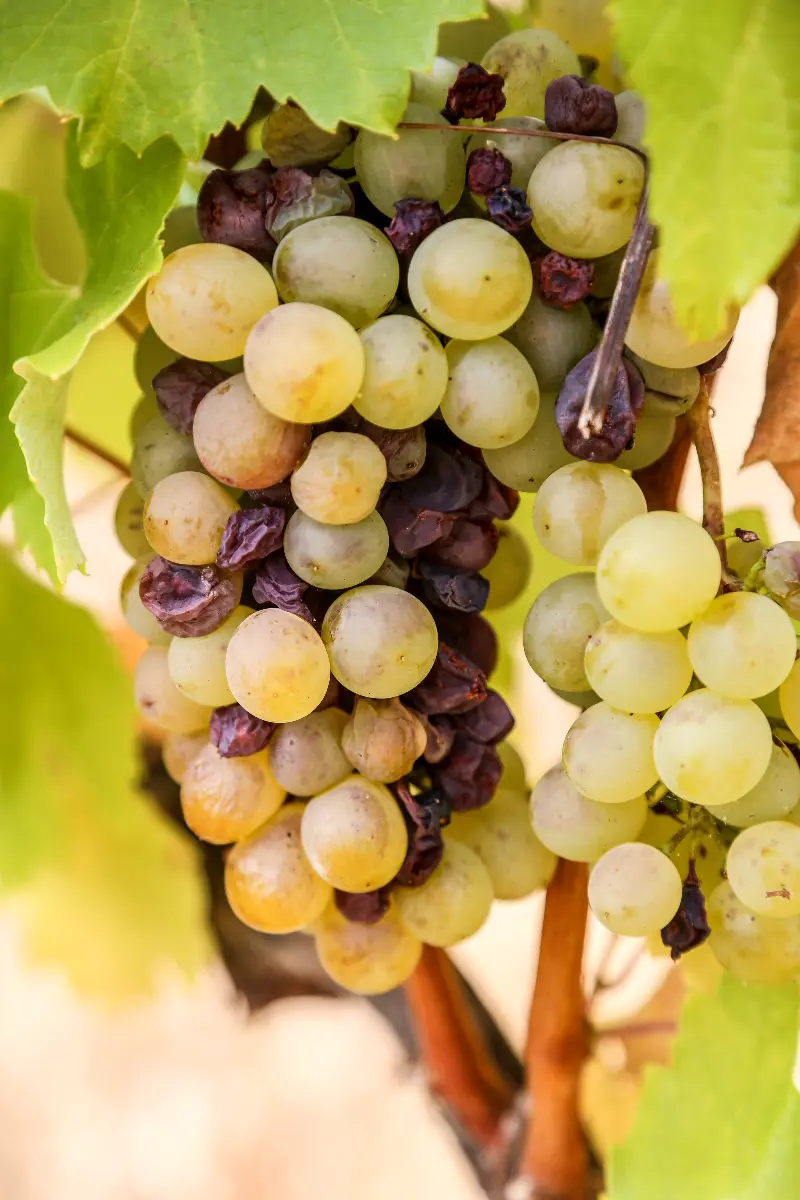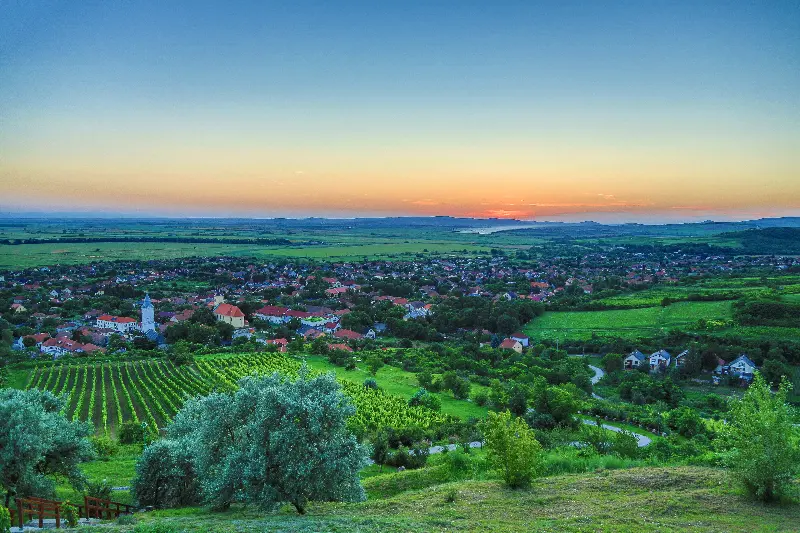
Helyszín címkék:
Historical secrets about the Tokaji Aszú
Ripka Gergely
We know that in 1517 there was already a massive noble rot near Lake Fertő, and in 1530 Vilmos Roggendorf transported two carts of aszú and dried fruit (with a passport) to the Low Countries, but unfortunately, it has not been found out where the aszú came from. Some may attribute the first mention of Tokaji Aszú to the legend of Máté Laczkó from Szepsi. István Zelenák was the local historian who found the first mention of aszú grape wine in the 1571 letter of inheritance of Máté Garai in 2002 (the wine may have come from the Hétszőlő area of Tokaj, confirming the importance of the vineyard). What exactly this aszú grape wine was, how much it had to do with today's aszú and what mysteries still surround this legendary sweet wine, we will reveal in today's article.
From talented producers from Szerém to Paracelsus...
All historical reasoning must be preceded because that around 1110, Kálmán Könyves must have had a cellar in Tokaj-Hegyalja (he said that witches did not exist in Tarcal). And if he had a cellar, it must have had wine. Around 1524, the winegrowers of Szerém were forced to flee north from the Turks, then the wine of Szerém was already famous in Europe and was probably the most famous and successful Hungarian wine of the time. The winegrowers of the southern part of the region also settled in the Hegyalja, and it was their appearance that catalysed the success story of Tokaj-Hegyalja. In 1541, Paracelsus had already written about the uniqueness of Tokaj wines, and he brought the good news of Tokaj to the Western world (alchemists believed that the Tokaj grape was so special because of the gold content of the mountain). IV. At the Council of Trent (circa 1562), Pope Pius was completely enchanted by the honey-sweet Tokaj wine. According to some resources, in 1527, Tolcsva has also known the noble rot, and “máslás” (shall be prepared by pouring must or wine on the lees of ‘szamorodni’ or ‘aszú’) is mentioned in 1561: it could only exist if there was also aszú.
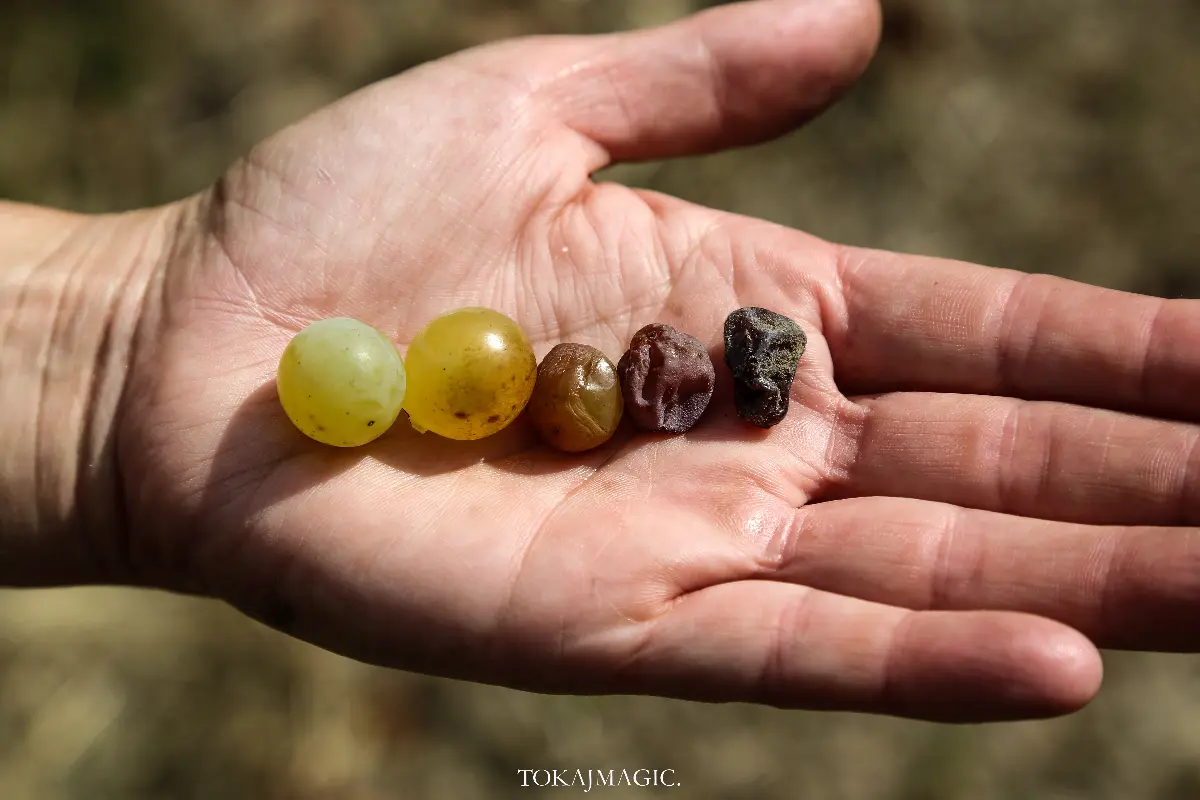
Aszú vs. aszú grape wine
It is a fact that in the cellar inventory of Máté Garai and in the Nomenclature of the teacher Balázs Szikszai Fabricius of Patak (Latin-Hungarian dictionary, several editions between 1550-1600) we find the same expression for aszú grape wine (vinum passum). Surely, that the definition of aszú grapes was known long before Máté Laczkó Szepsi came on the scene. In those days, the practice of picking by one by one was far from proven (unlike the way aszú is made today). An important historical turning point was the abolition of the tithe for aszú grapes in 1655 when all producers started to sort their grapes, the number of “puttony” (in the old days, farmers "measured" the number of “puttony” in an aszú with a basket) and we see more and more mentions of aszú.
At the same time, the designations “főbor” (Hungarian name for the type of Tokaj wine now known as Szamorodni) and "aszú grape wine" will disappear. Whether this is just a matter of a shortening of the aszú, or whether the practice is also a shift to aszú picked by one by one, a special soaking practice, is not clear. Based on the above train of thought, it is likely that the ancient aszú grape wine (along with the “főbor”) was made by processing fruit raw material similar to today's Szamorodni, where no selection was made, but – since the ashy grains were left in – very rich and delicious sweet wines were produced, which in terms of taste could be similar to today's Szamorodni of Mád (high sugar, creamy flavours, full-bodied wine), and presumably, the farmers of Tokaj made a very good living from it. Expensive and labour-intensive picking one by one technique was not even considered (perhaps until the first half of the 1600s).
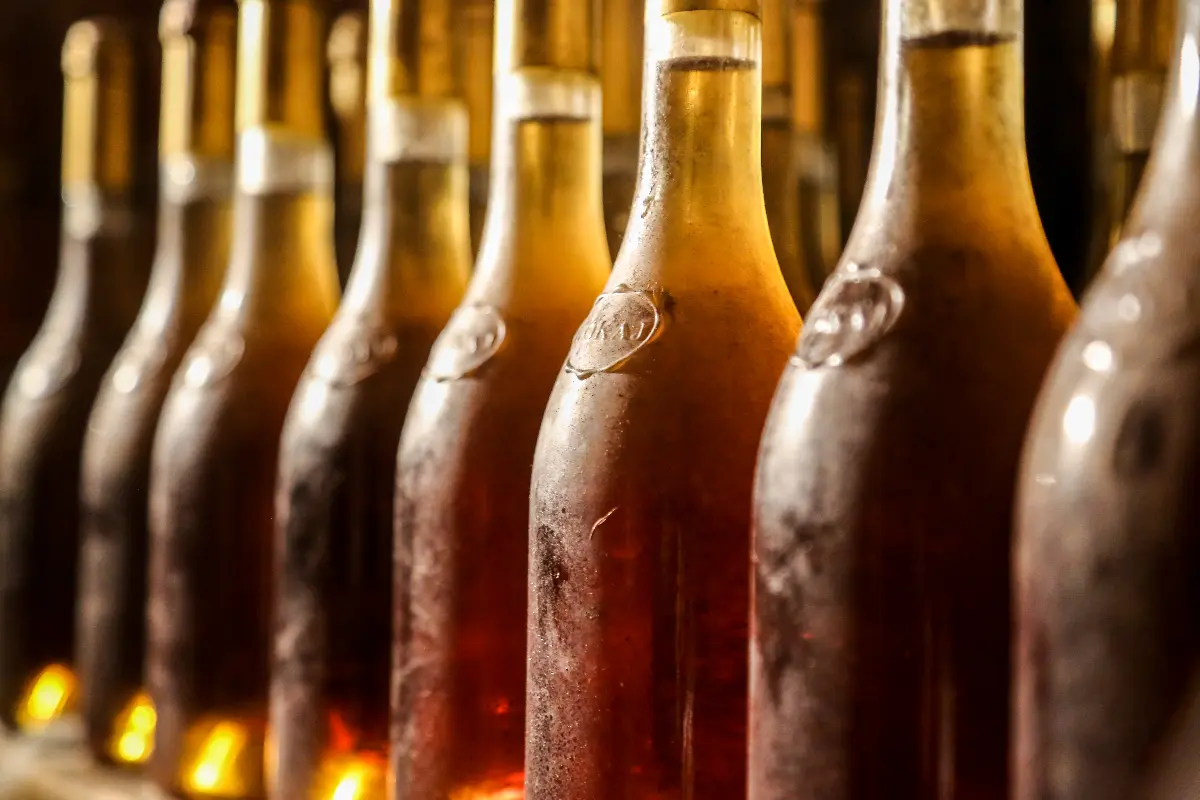
But who was Máté Szepsi Laczkó?
According to the legend, Peter Kazinczy wrote down in the town book of Újhely, that the priest of the Lorántffy family’s courtyard made the first Tokaj aszú for the princess in 1631 from the Oremus vineyard for Easter (not punished in old barrels for 6 years). Kazinczy was a confidant and contemporary of the noble family, so he would have known a lot. The document does not actually exist, it has never been found. Máté Laczkó wrote a monograph about everything in 1624: education, religious life, vintages, a little about grapes and wine, but the only thing he did not mention in this great work was the production of Tokaji Aszú wines. So, he left us no recipe. He was also ill in the last years of his life. He retired to Bénye (the place burnt down in the meantime, so valuable documents may have been lost) and died around 1632-33, shortly after the discovery of the aszú, according to legend...
The exact role of Máté Laczkó in the evolution of aszú is not known to us. It is sure that a few decades later, everyone wanted aszú, and many people made it (thanks in part to the aforementioned tax exemption, but in 1644 it is already a proven fact that aszú with 4 “puttony” arrived in Krakow from Tokaj). It is therefore possible that something happened in the last years of Máté Laczkó's life (a successful vintage, a successful aszú), which suddenly caused everyone to switch to aszú picked one by one technique, and which also led to the abolition of the tithe of the aszú grape (1655). For the time being, it is a mystery how these characters and the exact timeline fit together...
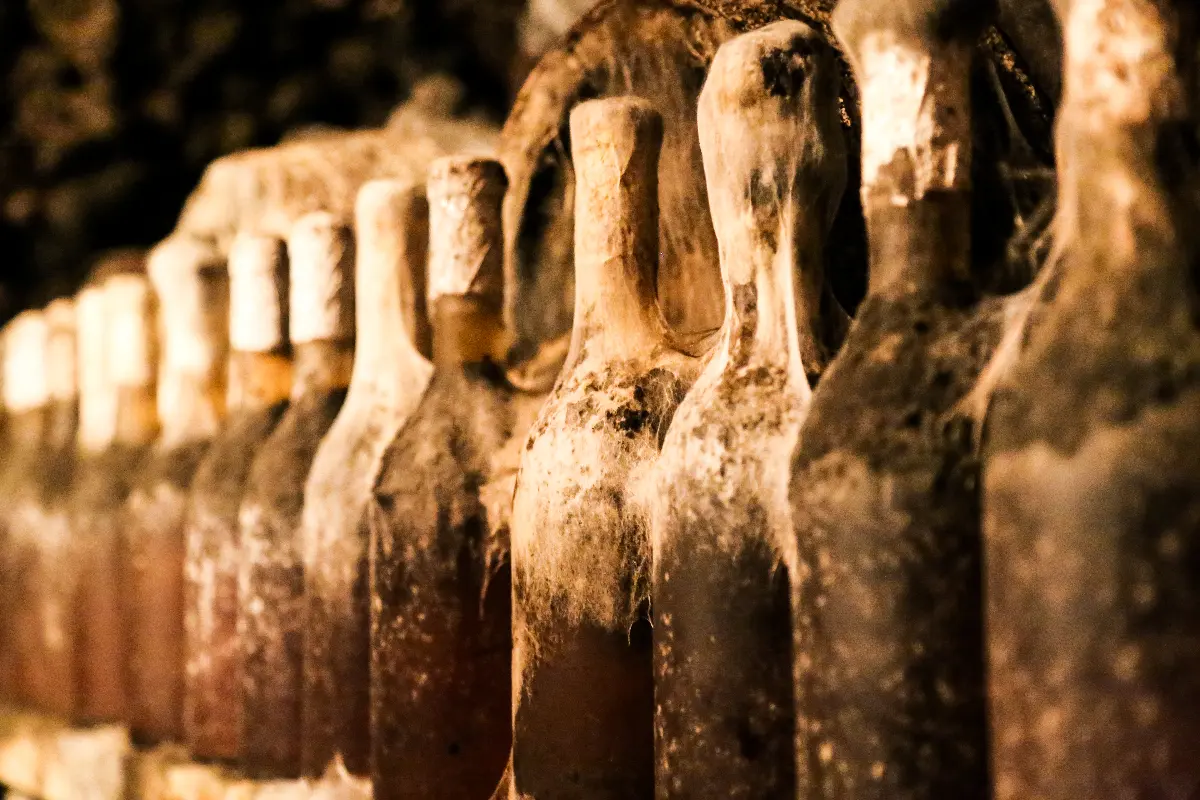
Famous fans of Tokaji wine
Presumably XIV. Lajos’ famous saying is the one that made the greatest career: 'This is the king of wines, the wine of kings', he said of wine, On the other hand, II. Ferenc Rákóczi may also give him for diplomatic reasons. But XV. Lajos could have offered Madame Pompadour the wine with the same words. This must have been the golden age of Tokaj when this wine region was one of the most densely populated in Europe. III. Napoleon and Empress Eugenie ordered 30-40 small barrels of Tokaji a year (the glass bottle came into use relatively late, mainly from 1811, till then Tokaji was traditionally sold in barrels). The Swedish III. Gustav and Tsar Peter the Great loved the wines produced here, as did Beethoven, Liszt, Rossini, Schubert, Goethe, Voltaire and Dumas. XIV. Pope Clement was so fond of Tokaj that in 1771 he donated a relic of Saint Orban to watch over the harvest in the wine region, which by then had 5,000 cellars under the ground.
The storms of history and the promise of resurrection
The turbulent events of the centuries have not spared the Tokaji wines. In the late 1800s, the phylloxera, in the twentieth century, two lost world wars, a peripheral situation with the new borders, and finally nationalisation, were the most devastating effects on our famous wine region. In the meantime, it got its protected bottle, and after the change of regime, the product description was gradually tightened: with the abolition of the fortification (alcoholic fermentation) in 1991 and after 1997, the aszú grape and the base must/wine must be from the same year (from 2013, only the 5 and 6 puttonyos categories exist, with a minimum of 120 g/l natural sugar). Large estates appeared with foreign capital in the 1990s and smaller domestic wineries, where aszú could finally shine again at the highest quality. Today's aszús are arguably the best made, and the best natural sweet wines in the world. But while 300 years ago sweets were a treasure, today we are more in the age of dry wines, where markets for sweet wines are not easy to find. Gastronomy, special occasions, value and, of course, most of all, a belief in the inimitable treasure of Tokaj, the aszú, both at home and abroad, can help us achieve this.
